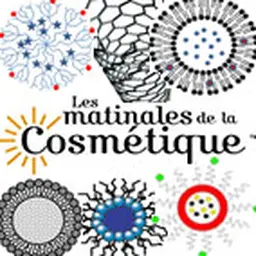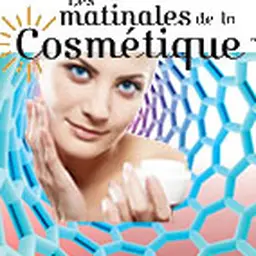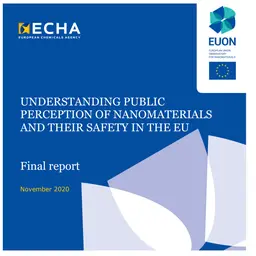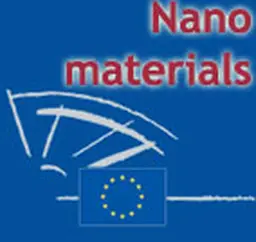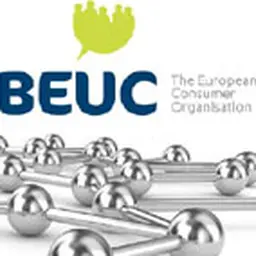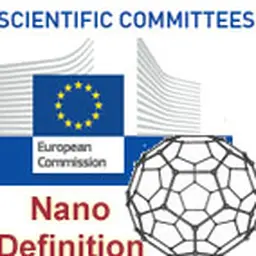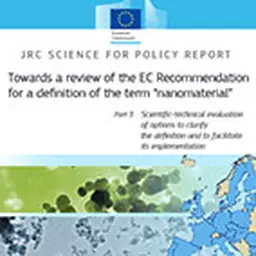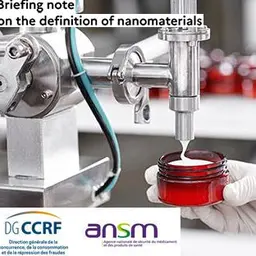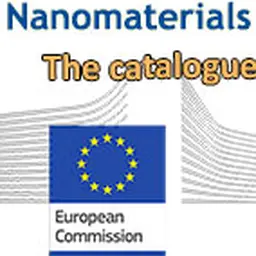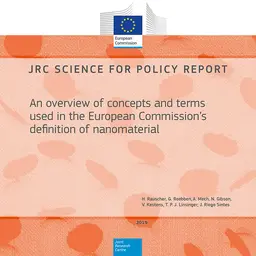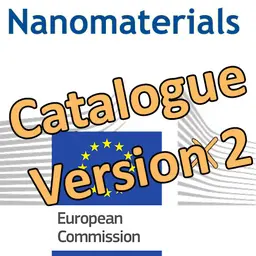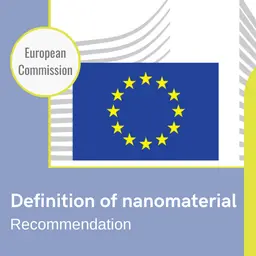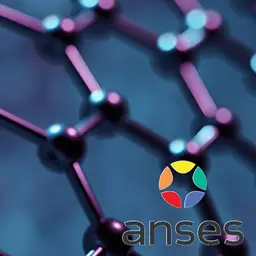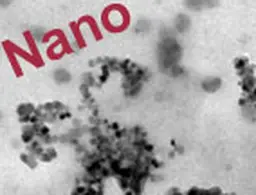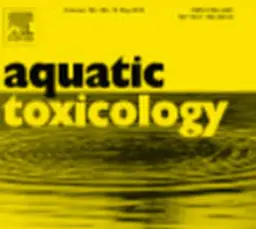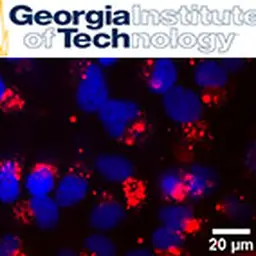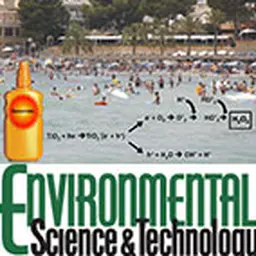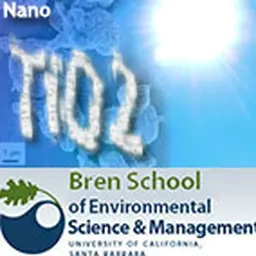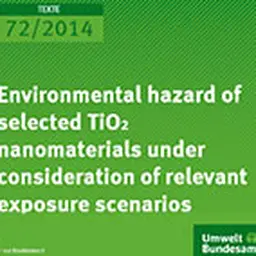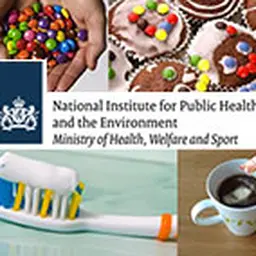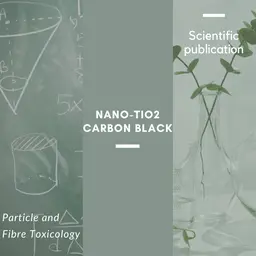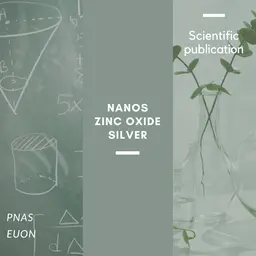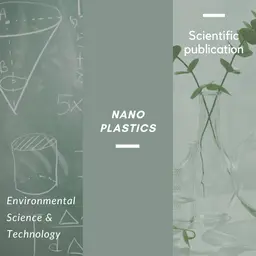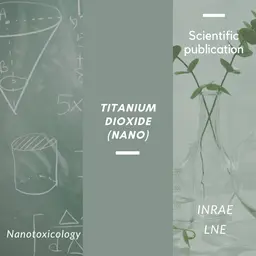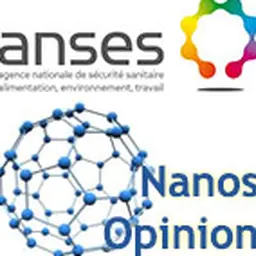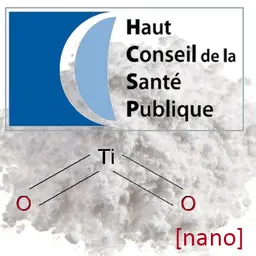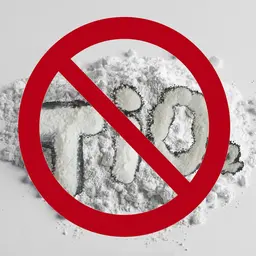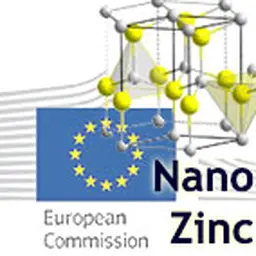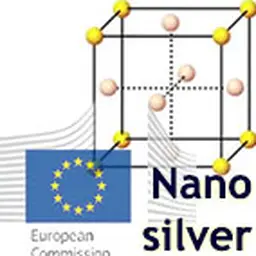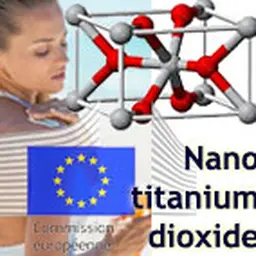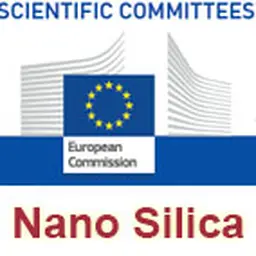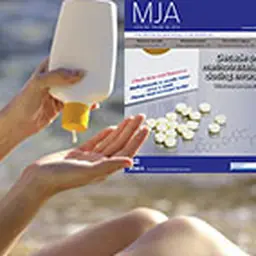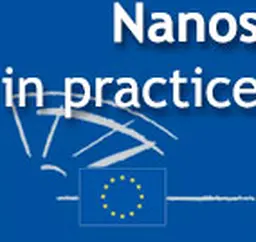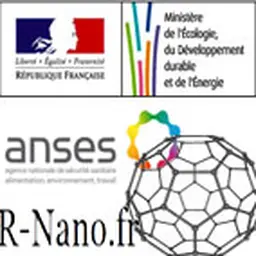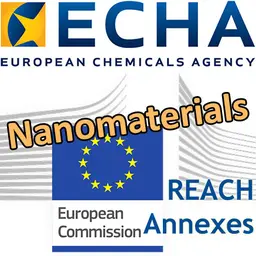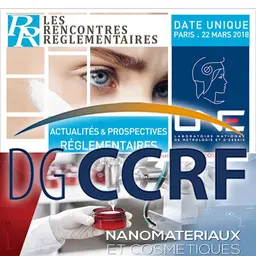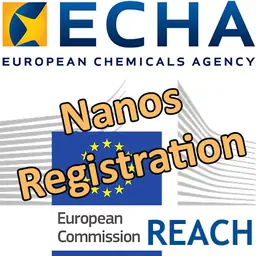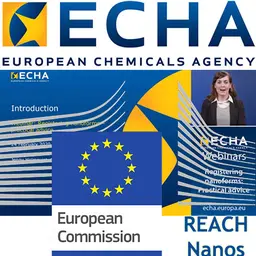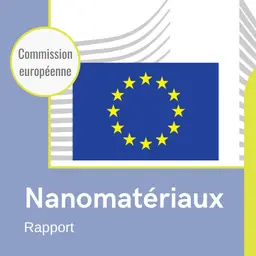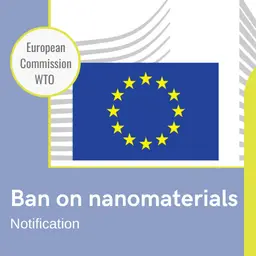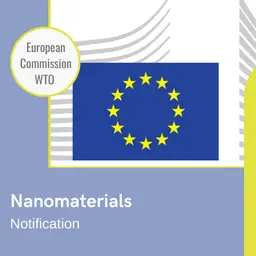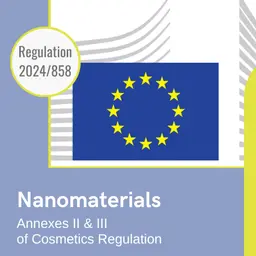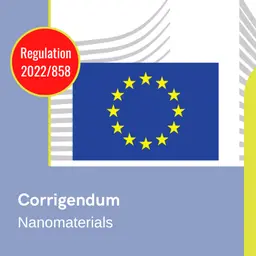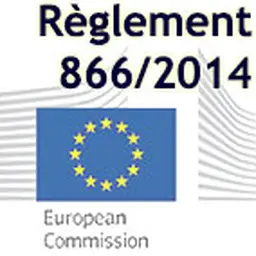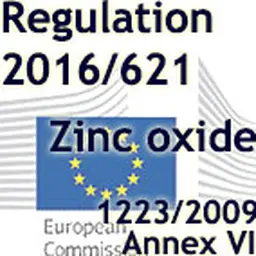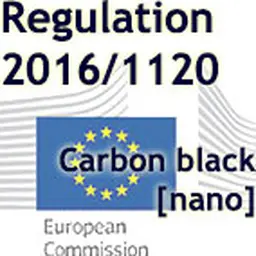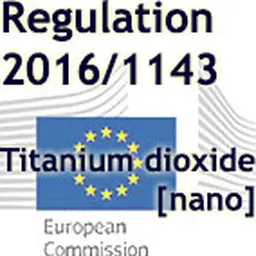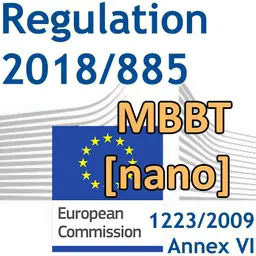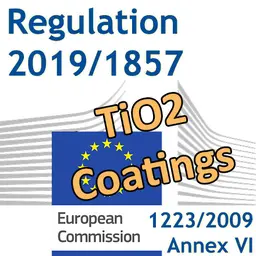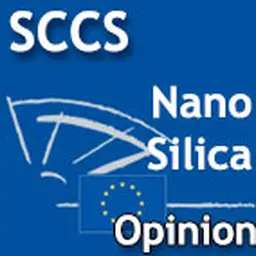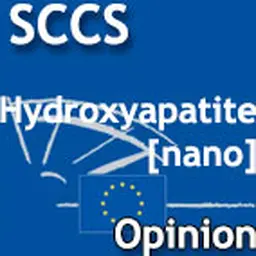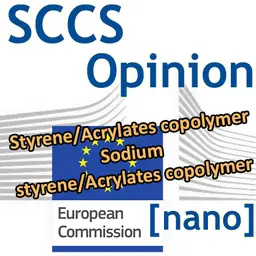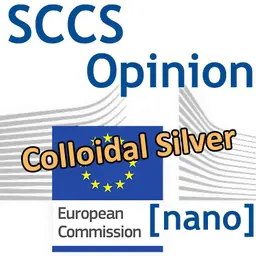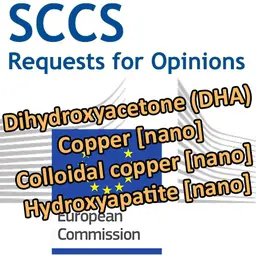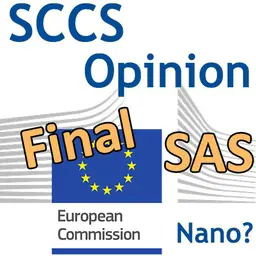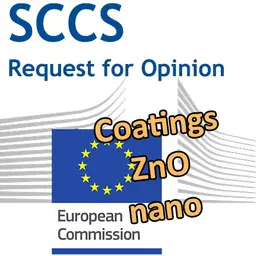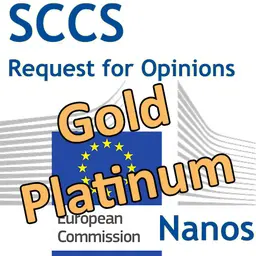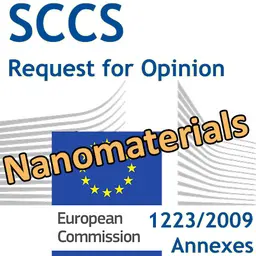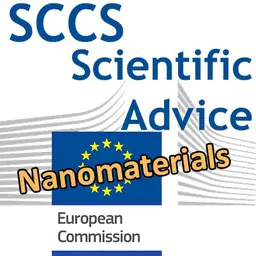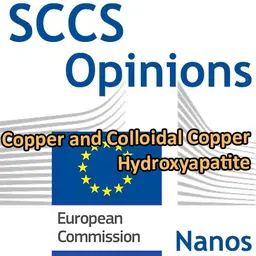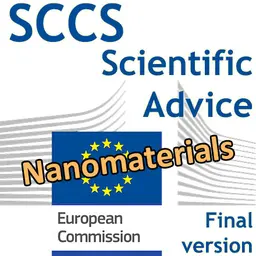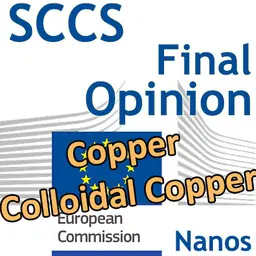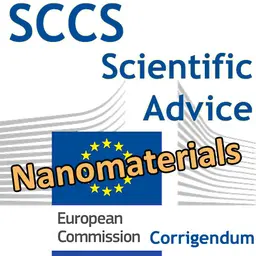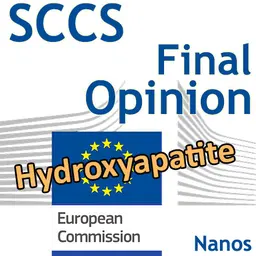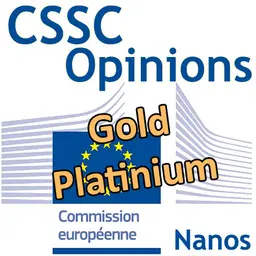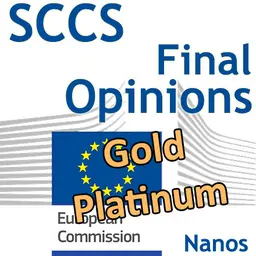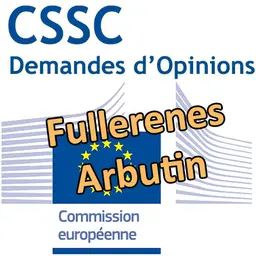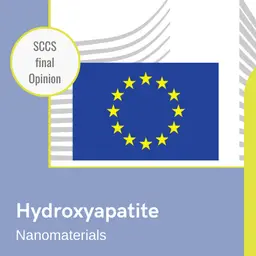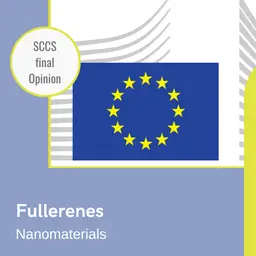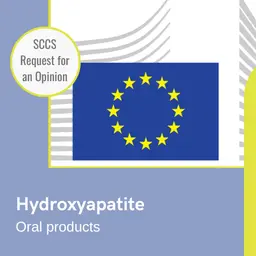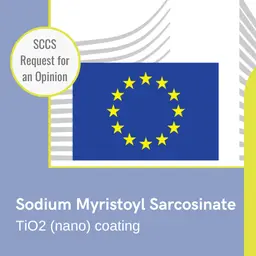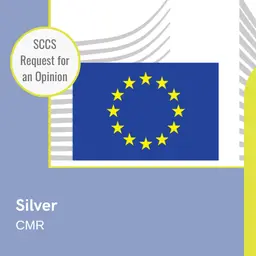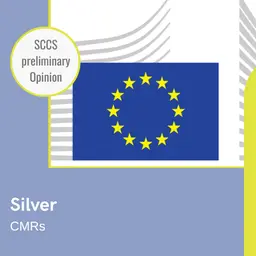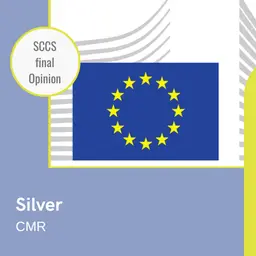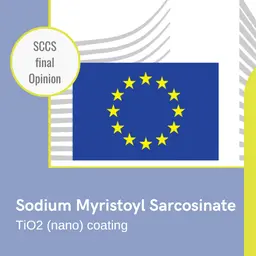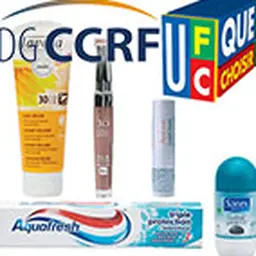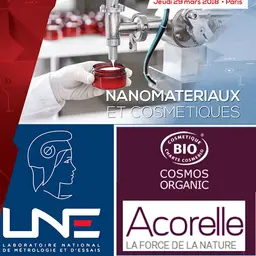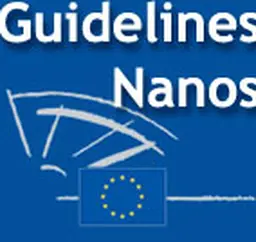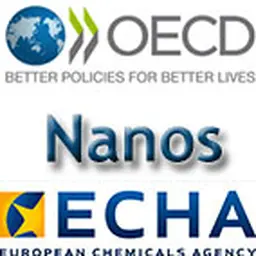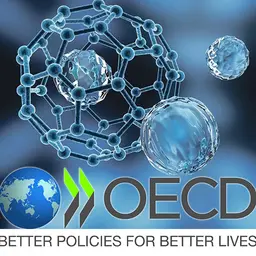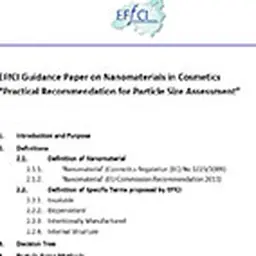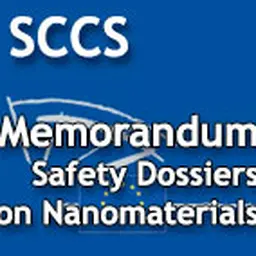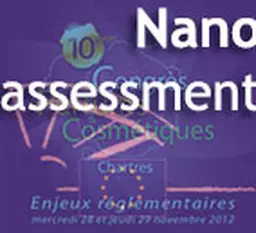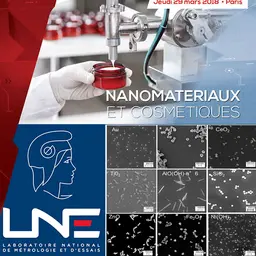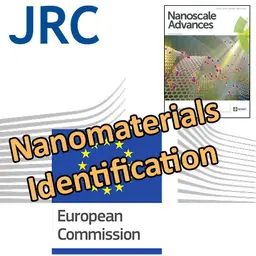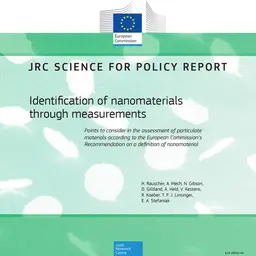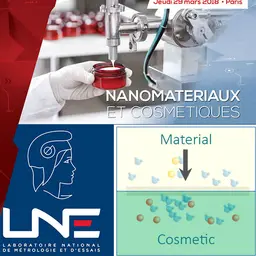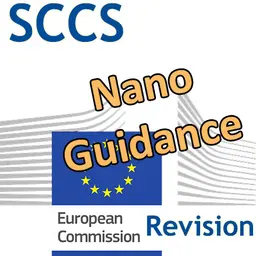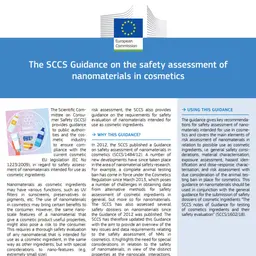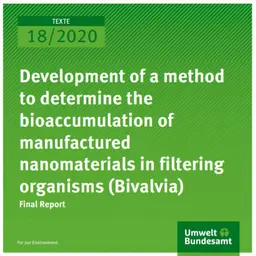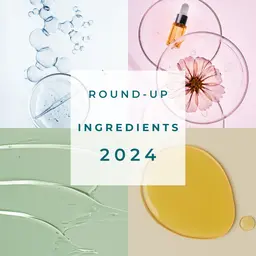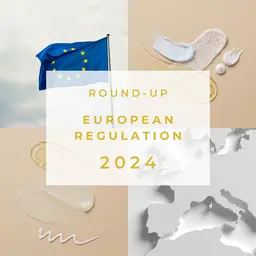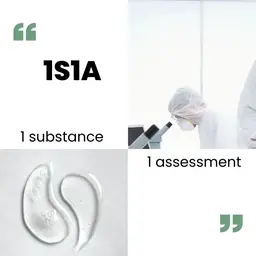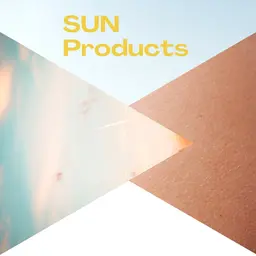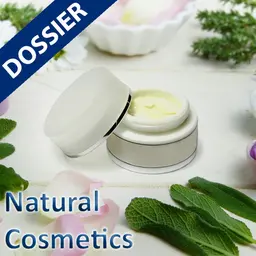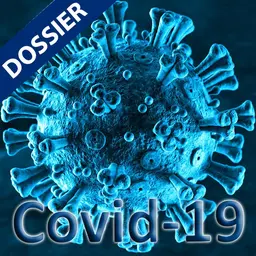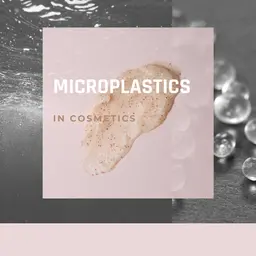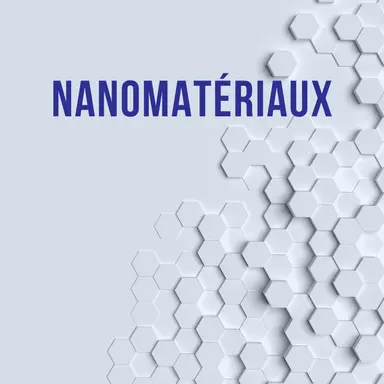
They worry many consumers due to their possible toxicity for the human body. But manufacturers are also concerned, since they use them for their multiple cosmetic properties and constantly need to adapt to new regulatory requirements, often with insufficient means available. Definition(s), characterization, safety assessment and regulations, scientific studies, alerts and debates… Here is a dossier at the core of the infinitesimal of nano-ingredients.
First approach to nanos in cosmetics
If they are most tiny, they are still greatly difficult to deal with. Before they were discovered by the general public, they already had a long, more or less discreet history in cosmetics formulas… But their oh-so specific and diversified properties do not make them any easier to understand. And very soon, once Cosmetics Regulation 1223/2009 had ‘found out’ about them and highlighted them on product labels, they triggered both suspicion and interest. Here are a few introductory details to better understand what we are talking about when it comes to nanos.
Nano-definition(s)
The other preliminary approach to understanding nanomaterials is their definition… or definitions, to be more accurate. Indeed, if the text of the Cosmetics Regulation provides one, the European Commission has published its own… and it may not be definitive. As a matter of fact, this reference is essential: how can one determine whether a substance is a nano or not when it satisfies the criteria of one definition and not those of the other? Within this context, how can one decide whether it should be labelled or not? Even the catalogue of nanomaterials used in cosmetics set up by the European Commission may not be enough to make a final decision, since it has only just been published (with much difficulty) and it is already expected to be reviewed…
Alerts and public debates / The cons
The debates on the safety of nanomaterials for human health and for the environment have been raging for years, fuelled by scientific studies. And as is often the case, it is the most alarmist messages we can hear first and which are the fastest relayed by the media. Most are focused on sunscreens, these oh-so controversial products, with titanium dioxide as a guest star…
Alerts and public debates / The charge of official authorities
As far as nanomaterials are concerned, it should be said that the attacks and suspicions do not only come from researcher teams short of publications or ‘anti-nano’ associations. Sometimes, official agencies join the chorus of alerts, and French institutions do not lag behind. Here are three examples, with the French Agency for the Safety of Medicines and Health Products (ANSM), the French Agency for Food, Environmental and Occupational Health Safety (ANSES), and the French Public Health Council… and a first prohibition measure requested by France in foodstuffs.
Alerts and public debates / The voice of defence
No, nanos do not only count critics: scientific studies do sometimes come to their defence. And it should also be said that the European Community has made a lot of efforts, as it endeavoured to defend the most disparaged nano cosmetic ingredients in a praiseworthy attempt to be transparent and explain the how and the why as didactically as possible to its fellow citizens.
Nano regulations
Nanomaterials were first integrated to cosmetics regulations through Regulation 1223/2009, which replaced the former Directive in 2013. And although it is still often tricky to identify them for sure, they are still subject to declaration (on the European, French levels…) and labelling requirements on product packaging. Have things got easier and clearer over five years of practice? Well, when you see that the threshold of nanoparticles in a nano-ingredient (threshold over which the ingredient should be labelled) is still under debate, you can definitely be doubtful.
Nanos in the Regulation Annexes
Under Cosmetics Regulation 1223/2009, a nanomaterial, if it is a UV-filter, a colourant, or a preservative, should be added to the dedicated Annexes to be authorized in cosmetic products. But when the text came into force on 11 July 2013, there was no mention of any nano-ingredient in it! The European delays in assessing the safety of substances and in adding them to the Regulation’s Annexes simply made nano-ingredients outlaws. The situation got gradually sorted out since then, at least for a few of them.
Regulations to come: SCCS Opinions
Six ingredients in the nanoparticle form have been added to the Cosmetic Regulation’s Annexes, which means they are officially authorized in cosmetic products. But no decision has been made yet for several others, as their safety is still being assessed by the SCCS. However, the Scientific Committee has published Opinions on some of them – not all are positive…
Characterization and assessment
At that stage, one would be tempted to say: ‘That’s all very well, but how do you do that, technically?’ How do you detect a nano substance, characterize it, declare it, label it… in short, how do you comply with regulations??? It is obviously not a minor issue, although it is nano-sized, and the controls carried out on the market just show how difficult it is for many companies to deal with it. But as time goes by, guidelines, recommendations, new screening methods… and feedback all become elements to rely upon to standardize practices and (soon?) make nanos cosmetic ingredients like others.



